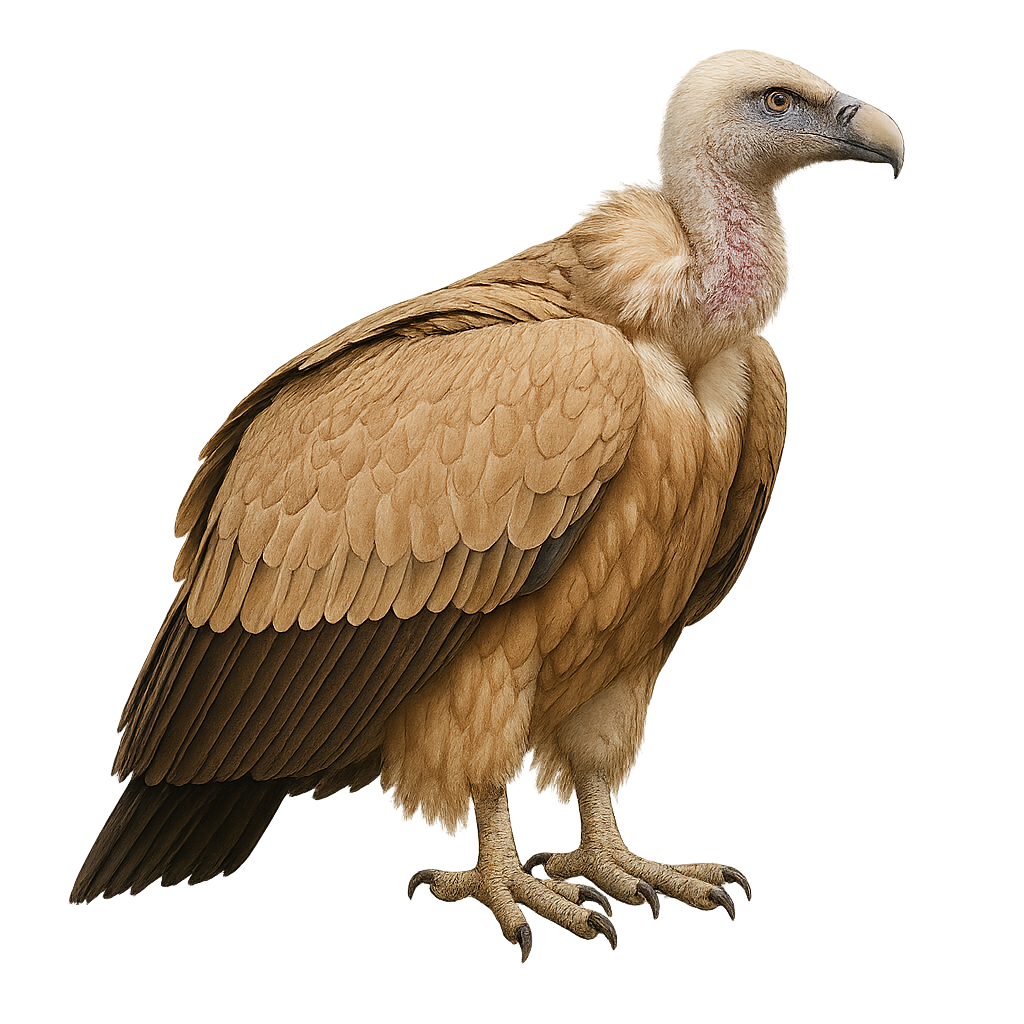Your wildlife photography guide.
Explore the himalayan vulture in detail, study its behavior, prepare your shots.
Where to observe and photograph the himalayan vulture in the wild
Learn where and when to spot the himalayan vulture in the wild, how to identify the species based on distinctive features, and what natural environments it inhabits. The WildlifePhotographer app offers tailored photography tips that reflect the himalayan vulture’s behavior, helping you capture better wildlife images. Explore the full species profile for key information including description, habitat, active periods, and approach techniques.
Himalayan Vulture
Scientific name: Gyps himalayensis

IUCN Status: Near Threatened
Family: ACCIPITRIDAE
Group: Birds
Sensitivity to human approach: Suspicious
Minimum approach distance: 50 m
Courtship display: January to February
Incubation: 53-58 jours
Hatchings: February to April
Habitat:
Mountains, alpine meadows, cliffs
Activity period :
Primarily active during the day, with peak activity in the morning and late afternoon.
Identification and description:
The Himalayan Vulture, Gyps himalayensis, is a magnificent scavenger bird found in the high altitudes of the Himalayas. With a wingspan reaching up to 3 meters, it is one of the largest vultures in the world. Its plumage is primarily light brown with darker shades on the wings and tail. The head and neck are covered with white down, giving it a majestic appearance. This vulture plays a crucial role in the ecosystem by cleaning up carcasses, helping to prevent the spread of diseases. It is often seen soaring in circles in the sky, using thermal currents to glide effortlessly over long distances.
Recommended lens:
400mm – adjust based on distance, desired framing (portrait or habitat), and approach conditions.
Photography tips:
To photograph the Himalayan Vulture, it is advisable to use a telephoto lens of at least 400mm to capture detailed images from a distance. Look for high vantage points where these birds often soar, such as cliffs or mountain ridges. The best times to observe them are usually in the morning or afternoon when thermal currents are strongest. Be patient and ready to quickly adjust your shooting settings to capture these majestic birds in flight.
The WildlifePhotographer App is coming soon!
Be the first to explore the best nature spots, track rutting seasons, log your observations, and observe more wildlife.
Already 1 439 wildlife lovers subscribed worldwide

